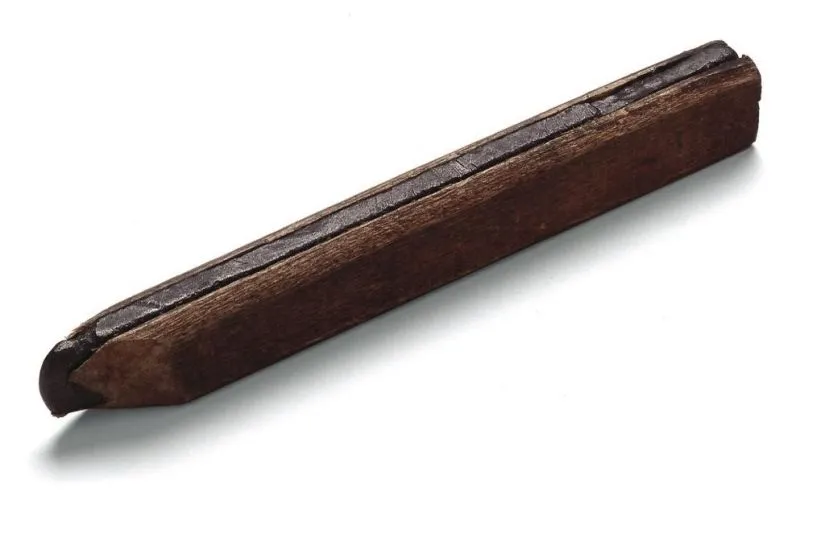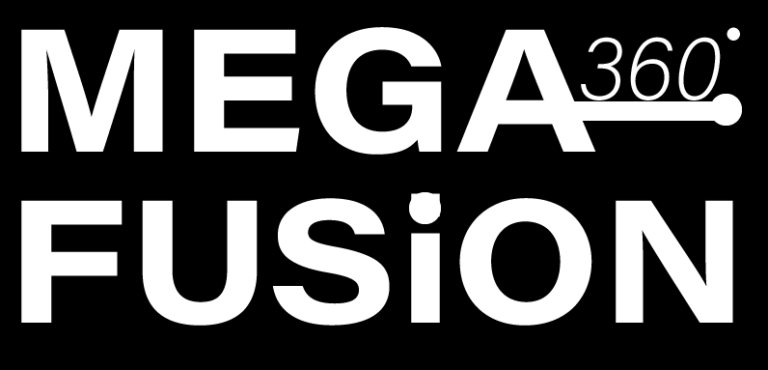Introduction
Mechanical pencils are a favorite among students, artists, engineers, and writers. They are popular far beyond our world. Most mechanical pencils use thin, replaceable lead. You can extend it like a ballpoint pen. This means you don’t need to sharpen them like traditional wooden pencils. But when were mechanical pencils invented, exactly? The history of this writing instrument is fascinating. It comes from centuries of innovation and refinement.
The First Mechanical Pencil — A Brief History
Mechanical pencil is a concept that dates back to the late 18th century. The first mechanical pencil was patented in Britain in 1822. John Hawkins and Sampson Mordan created it. The first design had a metal tube that held a lead holder. This tube contained a mechanism to extend or retract the lead. The idea was a huge step forward from wooden pencils, because it was refillable and reusable.
19th Century Developments

In the hundred years after the first patent in 1822, the mechanical pencil improved a lot.
In the 1870s, American inventor Joseph Hoffman created a screw mechanism. This made it easier to advance the lead.
In 1879, Alonzo Townsend Cross patented the first spring-loaded mechanical pencil. This invention made lead advancement automatic.
By the end of the 19th century, mechanical pencils were made in large numbers. They became popular with professionals who needed precise and continuous writing.
20th-century innovations

The design of mechanical pencils changed a lot in the 20th century. They became more reliable and easier to use.
In 1915, a major breakthrough happened. Japanese inventor Tokuji Hayakawa made the “Ever-Ready Sharp Pencil.” It was a fancy mechanical pencil. This variant included an accurate lead advancing mechanism and was a commercial success. It led to modern mechanical pencils. This also inspired Hayakawa to start what became Sharp Corporation.
In the 1930s, this brought in devices that fed the lead automatically. Users could extend it without twisting a knob or turning.
In the mid-20th century, plastic mechanical pencils became popular. This change made them cheap and easy to produce for everyone.
Modern-Day Mechanical Pencils
Mechanical pencils come in different styles, sizes, and designs for many uses. Modern features include:
Auto-advancing lead: Some pencils push out lead automatically as the tip wears down. This way, you never need to click a button.
Retractable tips — so that the lead doesn’t break when carried in a pocket or bag.
Comfort: Ergonomic support for longer periods of use.
- Lead sizes available:
- 0.2mm: ultra-thin for detailed technical drawings
- 0.9mm: thick for bold writing
Conclusion
These mechanical pencils have a colorful past. They started in the 19th century and evolved into today’s stylish designs. These tools spark creativity and innovation. They are essential for students, professionals, and artists. The mechanical pencil is a reliable tool. It works well for both artwork and math notes. This simple tool never goes out of style.


